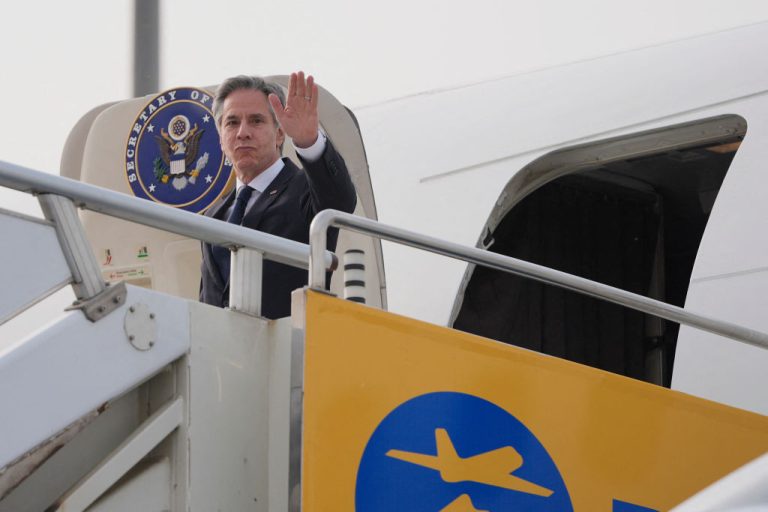Citizens in some areas of Los Angeles have expressed worries that radioactive dust from a former nuclear testing site might be contaminating their region.
Last month, the U.S. Department of Energy (DOE) demolished a building at the Santa Susana Field Lab (SSFL), a site that was once used for testing nuclear technologies and rockets. The 2,668-acre (1,080 ha) SSFL is located between Los Angeles and Simi Valley. It is also close to Hollywood, just 18 miles northwest.
The DOE’s Office of Environmental Management sent a press release on Oct. 4 stating that it had completed the “safe demolition” of the final buildings at the Energy Technology Engineering Center (ETEC) at SSFL. The building was part of a complex that was once used for nuclear reactor development.
“The demolition of the ETEC buildings marks a significant step towards the DOE’s mission to clean up its former site at the SSFL… We will continue cleanup efforts, which are based upon years of scientific analysis and planning. Our highest priority is protecting human health and the environment to ensure the site remains safe for nearby communities,” Josh Mengers, acting ETEC federal project director, said in a statement.
However, reports suggest that radioactive dust from the demolition now poses a threat to the people of Los Angeles. The DOE used explosives to bring down the building, which sent up clouds of dust into the sky.
Success
You are now signed up for our newsletter
Success
Check your email to complete sign up
In an interview with NBC Los Angeles, Dan Hirsch, former director of the Program on Environmental and Nuclear Policy at UC Santa Cruz, said that he is worried that the radioactive cloud from the explosion could spread to populated areas.
Anne White, an Assistant U.S. Secretary of Energy under President Trump, said that the use of explosives is not a method she “would have chosen.” She explained that the right way to bring down the ETEC building is like demolishing any other building—using a lot of water for suppressing dust. The DOE claimed that it had used techniques to minimize dust. But after seeing a video of the demolition, White asserts that she did not see any dust suppression techniques being used.
“I’m worried that there could have been microparticles of radioactive elements in the dust. But I can’t think about it too much because I have a kid who plays in the yard, and I tell her to go outside and get some fresh air, every day. Yeah, I’m concerned,” Jeni Knack, a resident of the valley, told the media outlet.
Another resident, who has researched the history of SSFL, also believes that the dust could have “dangerous materials” in it. Concerns about potential nuclear contamination from SSFL were also raised by a peer-reviewed study released last month.
The study looked at the effects of the 2018 Woolsey Fire and found that the fire had caused radioactive contamination from SSFL to migrate offsite. The ash from the fire “spread SSFL-related radioactive microparticles,” the study confirms.
The research team discovered “radioactive outliers” in Thousand Oaks and Simi Valley which are located 15 km (9.3 miles) and 5 km (3.1 miles) respectively from SSFL.
“The Thousand Oaks samples had alpha count rates up to 19 times background, and X-ray spectroscopy (SEM) identified alpha-emitting thorium as the source of this excess radioactivity. Excessive alpha radiation in small particles is of particular interest because of the relatively high risk of inhalation-related long-term biological damage from internal alpha emitters compared to external radiation,” the study states.















